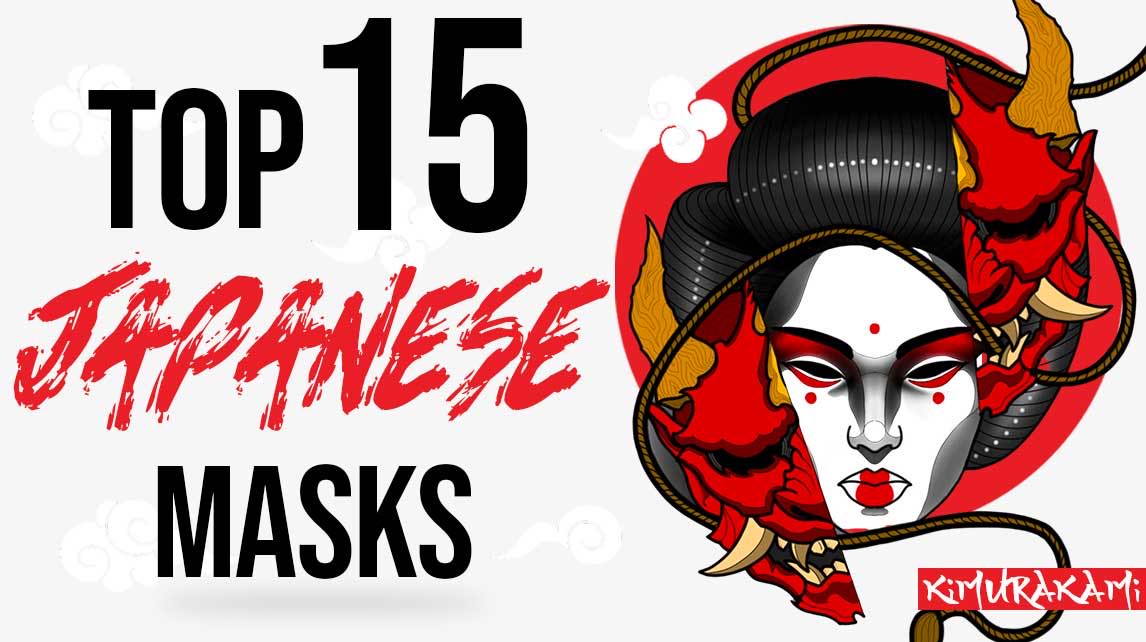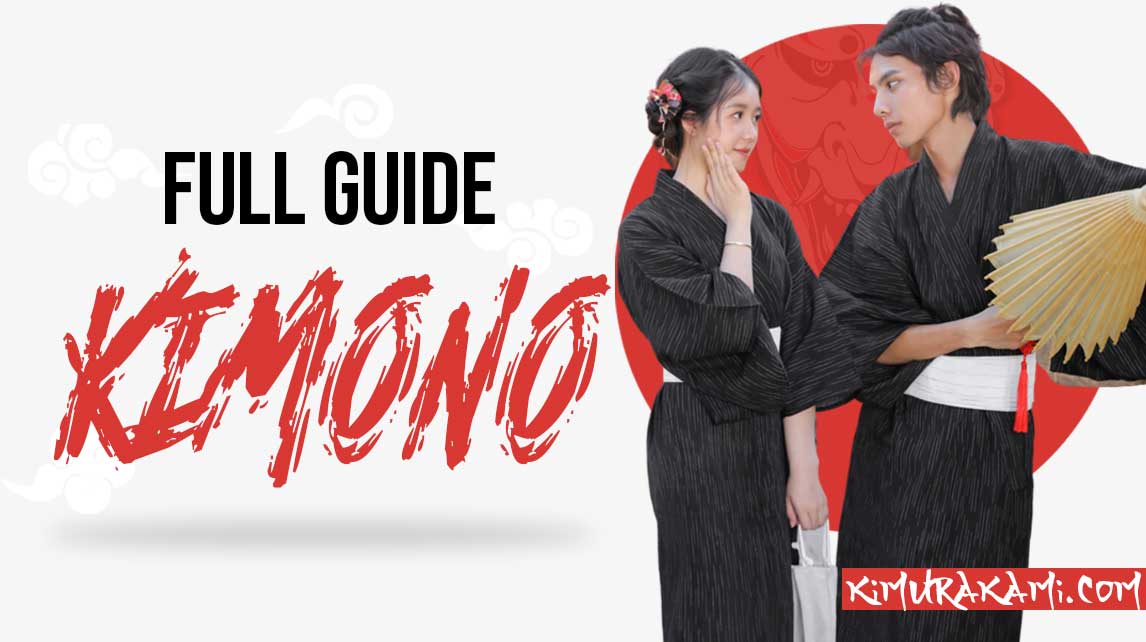Religion on the Japanese archipelago has a special place. Indeed, the taught precepts of these religions (Buddhism and Shintoism) can be found in several parts of Japanese society.
In education, in respect for elders, but also in founding myths, religion has a prominent place in Japanese life. But how was religion born in the land of the rising sun and more specifically where does Japanese Buddhism come from? From karma to reincarnation, from shrines to Zen dojos how did Japanese Buddhism get into the heart of Japanese culture?
Buddhism in the Japanese archipelago

Buddhism or bukkyo in Japanese, was imported from neighboring countries such as China or even Korea around the 5th and 6th centuries. Notables such as emissaries, poets or even merchants explored the neighboring countries and imported the Buddhist religion into their own country.
As in Europe and the West as a whole, religion was linked to political power. One had to be a Catholic Christian to claim the throne of France, and this is also the case in Japan. Indeed, in 592 Buddhism was declared the state religion.
Nowadays, although all modern rulers are believers in this country, the inhabitants are free to believe or not to believe (the majority of Japanese being secular). This greatly differentiates them from countries like the US where it is still necessary today to take an oath on the bible when the president is inaugurated.
Japanese Buddhism has been greatly influenced by that of China or Korea but also by the Shinto religion. Historically, the Shinto gods are present in Japan long before Buddhism. However, the two religions are not opposed to each other. Unlike the old continent, where religious wars have caused thousands of deaths and that over several centuries.
The history of Buddhism in Japan

The Buddhist religion has three major eras in its history with the Japanese archipelago:
- Firstly the so-called Nara era, which extends from 710 to 794,
- Then the so-called Heian era which runs from 794 to about 1185
- And finally the Kamakura period which comes from 1185 onwards.
In these different moments, new doctrines and currents of thought were grafted onto the already existing precepts and schools. Indeed, new Buddhist practices come into being.
As in the Christian religion, we find in Buddhism different branches, which modify the practice of religion in Asia and more particularly in the land of the rising sun. Like the Orthodox or Protestant there are still majority currents in the Buddhist religion.
The Bukkyo movement was gradually installed by the Japanese nobles before reaching the people because its rites, teachings, rituals with spiritual connotations could not be understood by the entire Japanese people who were still illiterate at that time.
Hinayana Buddhism
This expression comes from an Indian dialect. It can be translated as the way of the small vehicle. This term refers to the ancient schools of Buddhism, the first people who practiced this religion by applying its precepts. This current focuses on individualism i.e. the goal is individual rather than collective liberation. Moreover this term can be perceived in a pejorative way because it refers to the egoism shown by its followers.
Mahayana Buddhism
This Indian term from the same dialect as the previous one can be translated as the way of the great vehicle. This term originated in China and India and inspired what would become the Zen Buddhism. Zen Buddhism is the Japanese branch of Mahayana. This belief emphasizes meditation and relaxation.
It is therefore practiced in a Zen posture that inspires meditation. This branch of Buddhism is also directly related to the martial arts imported from China where the practice of mediation plays a key role in this field. There are many similarities with the attitudes adopted in the various dojo or Zen dojo.
Vajrayana Buddhism
Like the previous two expressions, vajrayana is derived from the Indian dialect of Sanskrit. This expression is usually translated as the way of the diamond. This current makes use of mantras and tantras and is described by its followers as the way of indestructible reality or the lightning of ignorance.
This doctrine has much in common with Hinduism. Nowadays, the influence of Buddhism throughout Asia up to the Eurasian steppe i.e. up to Russia.
The different Buddhist schools in the land of the rising sun

There are no less than 13 Buddhist schools present in Japan. Each of these schools has seen the introduction of new doctrines or schools of thought, highlighted by Buddhist stories or monks. The appearance of the different schools depends on the era the country is going through, and are mainly inspired by Mahayana Buddhism. Buddhist philosophy, Buddha's teachings, spirituality, ceremonies, Zen meditation, all these practices are taught in these different schools.
Nara period:
- Hosso is a school of Chinese origin inspired by Indian characteristics
- Kegon is a school of Chinese origin and Huayan can be translated as "flower garland".
- Ritsu, it is again a school of Chinese origin Luzhong, also called school of the Precepts
Heian period:
- Tendai, this school is the one of Mount Tiantai (it is the name of a Chinese mountain in the province of Zhejiang where is located the temple which inspired this doctrine)
- Shingon, (Vajrayana Buddhism, also called Tantric Buddhism) we find the school of the True Word (mantra in Sanskrit, the Indian dialect at the origin of the different currents) sometimes called dharani shu, that is to say the school of dharanis
Kamakura period:
- The Buddhism of Nichiren also called Hokke shu which can be translated by school of the Lotus, which gives the school of the Buddhist monk Nichiren.
- Jodo, school of the Pure Land
- Jodo shin, school of the true Pure Land
- Yuzu nenbutsu, derived from Tendai, school of Mutual Attention to the Buddha (nenbutsu is actually the invocation of Amida Buddha's name)
- Ji, school of the Hour
So-called Zen schools, based on "silent meditation" inspiring Japanese Zen Buddhism
- Rinzai, school of the Chinese monk Linji
- Soto, school of Chinese bonzes Chaoshan Benji (Cao-So) and Dongshan Liangjie (Dong-To)
- Obaku, school of Mount Huang Bo (Chinese mountain in Fujian province, where the founding temple is located), influenced by the Pure Land
We have mentioned a non-exhaustive list of the various currents and schools present in Japan. Indeed, after multiple subdivisions, there are more than 184,000 religious groups in the country. This is considerable! Even if Buddhism has lost many followers in Japan where most of the inhabitants now declare themselves to be atheists, as for the teachings and habits, they have crossed the centuries.
For example, the consumption of meat (monkey, beef, chicken) was forbidden for nearly 1,200 years in the archipelago. Today, Japanese people eat mainly fish. This is one of the many legacies left by Buddhism in the Japanese Culture.
Buddhist places of worship on the archipelago

Places of worship are very numerous in Japan. There are almost 76,000 Buddhist temples in the Japanese archipelago. Buddhist temples called tera or jiin in Japanese are all built generally in the same way.
Like a church or monastery in the Christian religion, the same elements such as cloisters, buildings, study halls, or even pagodas are found.
Japanese animal deities adorn the entrance to Japanese shrines such as in temples dedicated to Shinto. There are also Buddha statues, incense, and deities inspired by different Buddhist schools.
In these temples one can study the Buddha way, grasp the laws of Dharma, Buddhist practice or even try to learn the spiritual side of Buddha nature.









Leave a comment